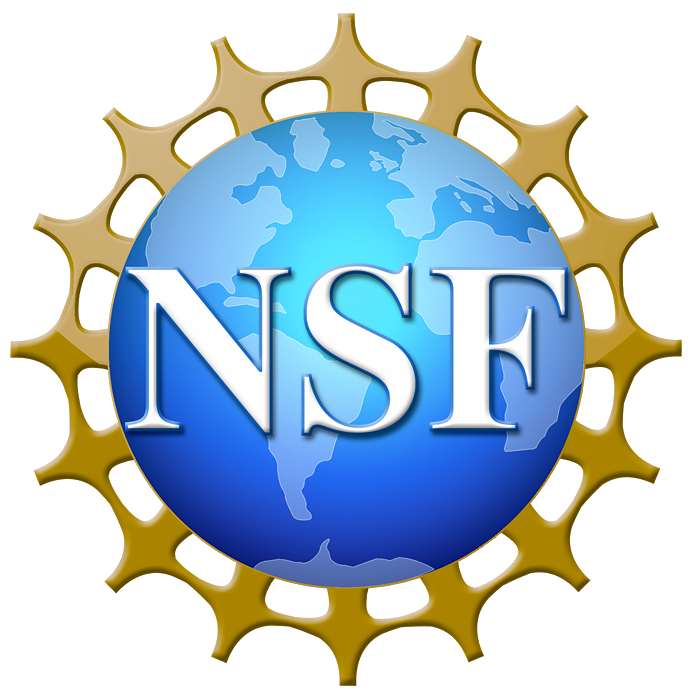On January 8, 9, and 18, 2024, BIO Divisions hosted Virtual Office Hours to present information on opportunities for the BIO research communities to get involved in sharing their research ideas on the bioeconomy. Karen Cone and Brent Miller, science advisors from the Directorate for Biological Sciences Office of the Assistant Director and CASA-Bio organizers, provided highlights.
Slides are available to the right.
These sessions were part of ongoing office hours series on topics of relevance to the biological sciences community from DEB, MCB, and IOS.
Some key takeaway points:
- Catalyzing Across Sectors to Advance the Bioeconomy (CASA-Bio; www.casa-bio.net) is a collaborative, facilitated activity, inspired by the Executive Order (EO) on was inspired by the Executive Order (EO) on Advancing Biotechnology and Biomanufacturing Innovation for a Sustainable, Safe, and Secure American Bioeconomy.
- Released by the White House in September of 2022, the EO laid out a grand vision to advance biotechnology and biomanufacturing through foundational and use-inspired research and development in five thematic areas (Bioeconomy EO Themes): climate change, food and agriculture, supply chain resilience, human health, and cross cutting areas to advance all these areas.
- Moreover, the EO called for this vision to be enabled by collaboration among government, industry, the private sector, and public sector researchers.
- In December 2023, stakeholder representatives from Federal agencies, industry, and non-profits met to identify their shared interest in a group of Subtheme Challenges that span the five Bioeconomy EO Themes. You can view these at www.casa-bio.net.
- Now, there is an opportunity for the research community to provide input for the next step in the CASA-Bio activity!
Some representative questions from Q&A sessions:
How can I participate in CASA-Bio?
There are two ways to participate. 1) Attend a Virtual Town Hall in February (Feb 12, 15, 20, or 22) to share your ideas about bioeconomy-relevant research, and/or 2) Share your research ideas online.
What is the bioeconomy, and what kinds of research would benefit the bioeconomy?
Bioeconomy is defined as economic activity derived from biotechnology and biomanufacturing. Biotechnology, in turn, is defined as technology that applies to and/or is enabled by life science innovation or product development. Biomanufacturing is the use of biological systems to produce goods and services at a commercial scale.
Many kinds of research could benefit the bioeconomy, ranging from basic, fundamental research all the way to applied research that is ready for commercialization. Collaborative research across many disciplines and subdisciplines is needed to contribute to the bioeconomy, including, but not limited to: biology at all scales (molecules, organisms, communities, ecosystems), biomedicine, biotechnology, agriculture, food technology, genetics, microbiology, engineering, chemistry, materials science, robotics, environmental science, renewable energy, geology, mathematics, computational science, data science, economics, and social and behavioral sciences.
I like to interact with others while generating ideas. Can I do this with CASA-Bio?
The Virtual Town Halls will be perfect for you! Most of the time will be devoted to small-group discussions where you can find synergy through brainstorming with others.
If I share my ideas, how is intellectual property handled?
Ideas discussed in the context of CASA-Bio are meant to be shared. Patentable ideas, trade secrets, privileged or confidential commercial or financial information, disclosure of which may harm the submitter, should not be included when sharing ideas. Check out the how we will use your input link on www.casa-bio.net.
Will I be able to get research funding through CASA-Bio?
There is no funding stream dedicated to CASA-Bio and no planned call for proposals through CASA-Bio. The research ideas shared online and through the CASA-Bio Town Halls will be used to provide insights into the research topics you as the community are poised to contribute to for advancing the bioeconomy.
Can I attend more than one Town Hall?
Yes. Each Town Hall will have the same format, but participating in more than one will permit you to interact with and brainstorm with multiple groups of researchers. That said, you are welcome to attend just one Town Hall.
What comes after the Town Halls?
The ideas shared by the research community online and at the Town Halls will be analyzed using text mining and AI to identify common themes, trends, and topics. This aggregate view will be evaluated by stakeholders from funding agencies, industries, and non-profits to converge on a subset of research ideas for which there is shared interest. Then, those ideas will become topics for additional research community engagement through future workshops and roadmapping aimed at developing an bigger and more robust picture of how research can advance the U.S. bioeconomy. Check out the Action Plan on www.casa-bio.net.








